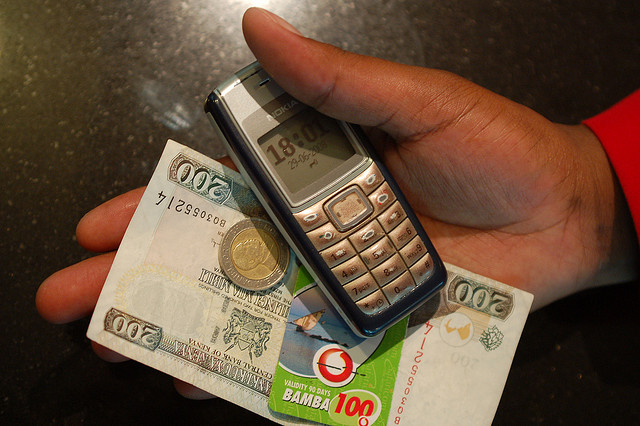The new research, Mobile Money Transfer & Remittance: Domestic & International Markets 2015-2020, pointed to Africa as being the leading market. Several African mobile operators – such as Vodacom Tanzania and MTN Uganda – are now generating more than 10% of their revenues from mobile money.
 |
Interoperability agreements spur traffic growth
According to the research, recent surges in both transaction volumes and values were being driven by increased implementation of both cross-border and intra-national remittance interoperability. The research cited the traffic uplifts engendered by recent agreements between Safaricom and MTN (for the Rwanda-Kenya corridor) and by national interoperability agreements in markets such as Tanzania and Pakistan.
The research also highlighted a shift in service provider requirements, with the majority now seeking to deploy smartphone applications in tandem with USSD (Unstructured Supplementary Service Data)/IVR (Interactive Voice Response) mobile money solutions, thereby futureproofing them in anticipation of greater medium-term smartphone adoption.
‘Inappropriate’ service pricing and marketing
However, the research cautioned that while inadequate regulation still constrained growth in a number of markets, in many cases low adoption or activity rates could be attributed to poor decision making by service providers. According to research author Dr Windsor Holden, ‘There are too many instances where service marketing is inappropriate or incorrectly targeted; where the message simply isn’t reaching the desired audience.’
The research also observed that in Nigeria, a number of services had failed to gain repeat usage because of the high cash-out fees, while savings accounts in other markets had withdrawal fees that were inappropriate for low-income users/savers.
The whitepaper, Cash-in on Money Mobile Transfer, is available to download from the Juniper Research website together with further details of the new research and interactive dataset.































